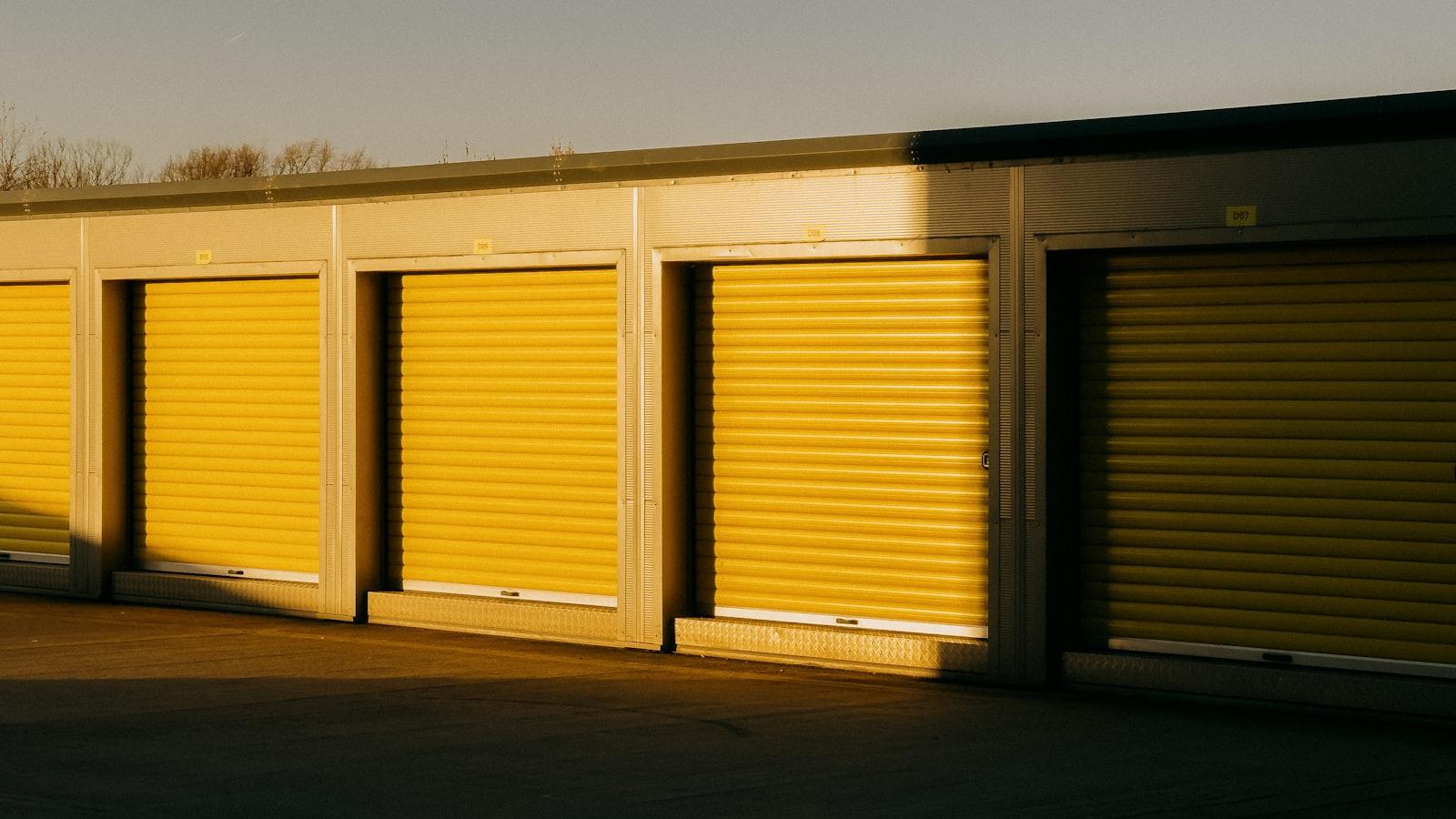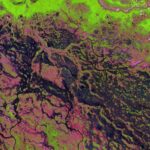In the ever-evolving landscape of technology, Samsung continues to push the boundaries of what is possible with its latest revelation about the production of a groundbreaking 1000-layer QLC NAND chip. This innovation is essential for the development of Petabyte SSDs, with hafnia ferroelectrics identified as a key ingredient in ramping up the layer count beyond 1K. Let’s delve deeper into Samsung’s plans to revolutionize the storage industry with this cutting-edge technology.
Unveiling Samsung’s Breakthrough in QLC NAND Chip Production
Samsung aims to revolutionize the storage industry with its breakthrough in QLC NAND chip production. By revealing the key ingredient of hafnia ferroelectrics, Samsung is paving the way for the production of 1000-layer QLC NAND chips, essential for the development of Petabyte SSDs. With this innovative technology, Samsung is set to redefine the capabilities of storage devices and meet the growing demand for high-capacity data storage solutions.
The identification of hafnia ferroelectrics as a crucial element in ramping up layer count beyond 1000 marks a significant milestone in the advancement of NAND chip production. This breakthrough not only allows for increased storage capacities but also ensures higher performance and reliability in storage devices. Samsung’s commitment to pushing the boundaries of technology reaffirms its position as a leader in the storage industry, driving innovation and delivering cutting-edge solutions to meet the evolving needs of consumers and businesses.

Decoding the Importance of Hafnia Ferroelectrics in Layer Count Increase
Samsung has recently shared further insights into their groundbreaking efforts to develop a 1000-layer QLC NAND chip, a critical component for the creation of Petabyte SSDs. This innovative technology promises to revolutionize storage capabilities, opening up new possibilities in data storage and processing. Central to this advancement is the identification of hafnia ferroelectrics as a key ingredient that enables the ramping up of layer count beyond 1000, pushing the boundaries of what is currently possible in semiconductor manufacturing.
By incorporating hafnia ferroelectrics into the production process, Samsung aims to enhance the performance and reliability of their QLC NAND chips, paving the way for larger storage capacities and faster data transfer speeds. This breakthrough in materials science highlights the significance of continuous research and development in driving technological progress, positioning Samsung at the forefront of innovation in the field of solid-state storage solutions.

Strategic Recommendations for Implementing High-Layer QLC NAND Technology in SSDs
Samsung recently unveiled their ambitious plans to develop a 1000-layer QLC NAND chip, a crucial component for Petabyte SSDs. The key breakthrough in achieving such high layer counts lies in the utilization of hafnia ferroelectrics as a key ingredient in the manufacturing process. This innovative material has shown remarkable potential in ramping up layer counts beyond the 1K threshold, providing a promising pathway towards the production of ultra-high capacity storage devices.
With the rapid acceleration of data consumption and storage requirements in various industries, the implementation of high-layer QLC NAND technology in SSDs has become more imperative than ever. To successfully incorporate this cutting-edge technology, companies should consider the following strategic recommendations:
- Invest in Research and Development: Allocate resources towards ongoing research and development efforts to enhance the efficiency and scalability of QLC NAND technology.
- Collaborate with Material Science Experts: Form partnerships with material science experts to explore new materials and processes that can further optimize the production of high-layer NAND chips.
- Enhance Manufacturing Capabilities: Upgrade manufacturing facilities and equipment to accommodate the complex production requirements of 1000-layer QLC NAND chips.
As Samsung continues to push the boundaries of technology with their groundbreaking 1000-layer QLC NAND chips, the role of hafnia ferroelectrics as a key ingredient unlocks new possibilities for the future of Petabyte SSDs. With each layer contributing to increased storage capacity and improved performance, the potential for innovation in the world of data storage is truly limitless. Stay tuned for the latest developments as Samsung pioneers the next generation of SSD technology. Exciting times lie ahead in the realm of high-capacity storage solutions.


